What attracts warblers?
vegangirl
20 years ago
Related Stories
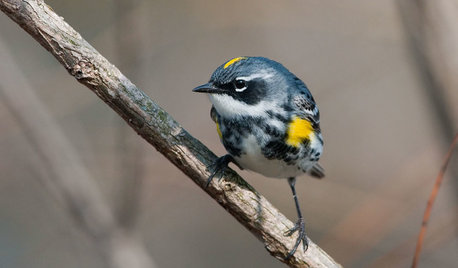
GARDENING GUIDESBackyard Birds: The Wonder of Warblers
These small, dynamic birds call North America home, with the yellow-rumped warbler flocking to every U.S. state
Full Story
GARDENING FOR BUTTERFLIESA Quick-Start Guide to Bird-Watching for Fun and Learning
Set out some seed and grab your field guide. Bird-watching is an easy, entertaining and educational activity for the whole family
Full Story
GARDENING GUIDES13 North American Backyard Birds to Know
Find out about these enchanting native species and learn how to attract them to your yard
Full Story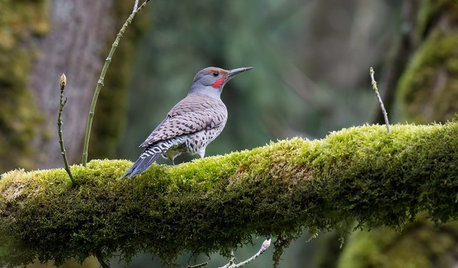
GARDENING GUIDESBackyard Birds: Healthy Home Habitats for Northern Flickers
These colorful woodpeckers found across the U.S. and Canada love berries, seeds and ants and often nest in deep burrows in trees
Full Story
GARDENING GUIDESBackyard Birds: Northern Cardinals in the Snow, and Other Red Birds
Brilliant crimson feathers make these friends stand out in a crowd
Full Story
GARDENING FOR BIRDSWild Birds Transform a Woman’s Garden and Life
How Sharon Sorenson created a wildlife haven and became the Bird Lady of Southern Indiana
Full Story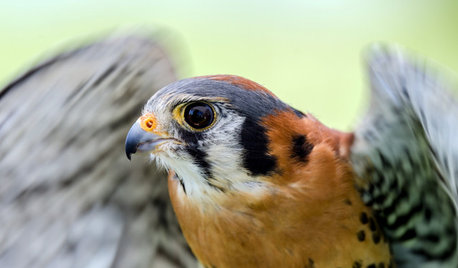
GARDENING GUIDESBackyard Birds: Create a Home for American Kestrels
These copper-colored birds of prey can be found throughout North and South America and often find habitats near human activity
Full Story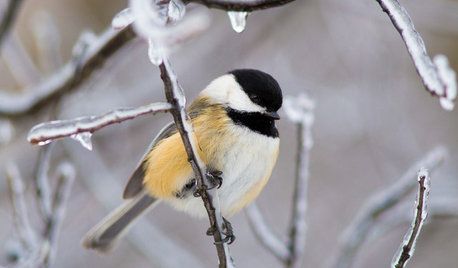
GARDENING FOR BIRDSBackyard Birds: Marvel at Chickadees This Winter
These North American natives flock to bird feeders and entertain with their complex birdcalls
Full Story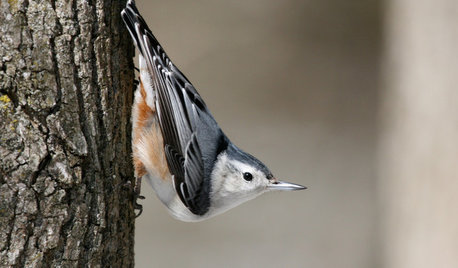
GARDENING FOR BIRDSBackyard Birds: Those Nutty Nuthatches
The North American songbirds, which often perch upside down, make themselves known in the winter landscape
Full Story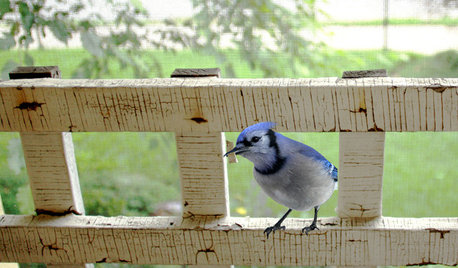
GARDENING FOR BIRDSBackyard Birds: Meet Some Clever and Curious Jays
Boisterous jays provide plenty of backyard bird-watching in winter. Here’s how to identify all the varieties and welcome them into your yard
Full StoryMore Discussions






jabee
jillmcm
Related Professionals
Comstock Park Landscape Architects & Landscape Designers · Brentwood Landscape Architects & Landscape Designers · Clemson Landscape Architects & Landscape Designers · Brandon Landscape Contractors · Cedar Hill Landscape Contractors · Gloucester Landscape Contractors · Goodlettsville Landscape Contractors · La Verne Landscape Contractors · North Chicago Landscape Contractors · Paramus Landscape Contractors · Roseville Landscape Contractors · Watertown Landscape Contractors · Whitehall Landscape Contractors · Alameda Driveway Installation & Maintenance · Ashburn Driveway Installation & MaintenancevegangirlOriginal Author
water_daddy
john_mo
Tern
jillmcm
vegangirlOriginal Author
vegangirlOriginal Author
jillmcm
vegangirlOriginal Author
roseunhip
vegangirlOriginal Author
Bullnettle
vegangirlOriginal Author
newyorkrita
roseunhip
newyorkrita
vegangirlOriginal Author
roseunhip
well_drained
vegangirlOriginal Author
Jules
dirtgirl
newyorkrita
roseunhip
vegangirlOriginal Author
newyorkrita
MissSherry
vegangirlOriginal Author
sally2_gw
vegangirlOriginal Author
MissSherry
vegangirlOriginal Author
MissSherry
newyorkrita
newyorkrita
vegangirlOriginal Author
vegangirlOriginal Author
newyorkrita
vegangirlOriginal Author
vegangirlOriginal Author
pankhi
newyorkrita
newyorkrita
vegangirlOriginal Author
vegangirlOriginal Author
vegangirlOriginal Author
vegangirlOriginal Author